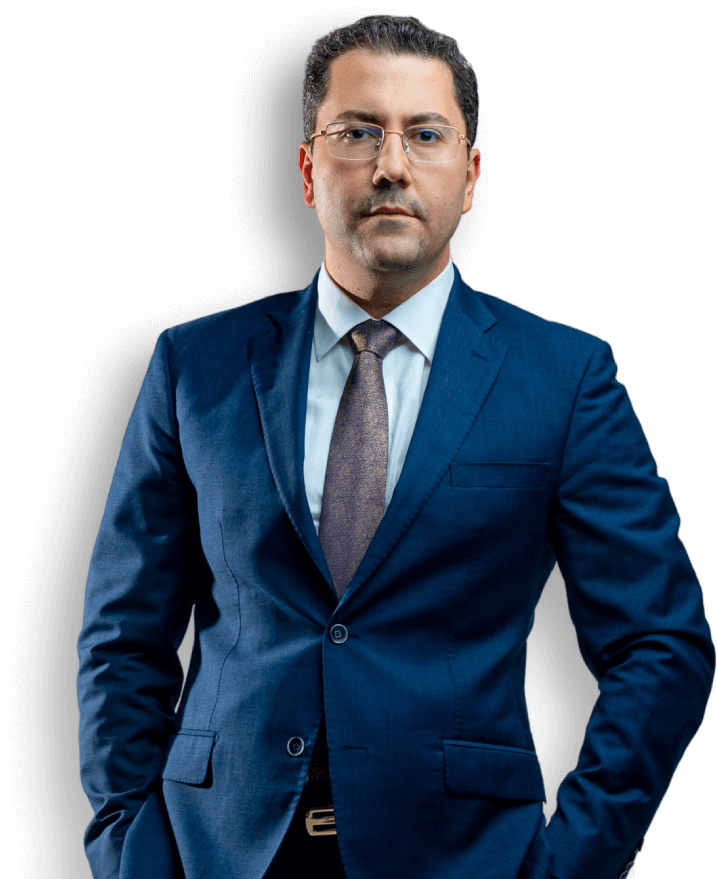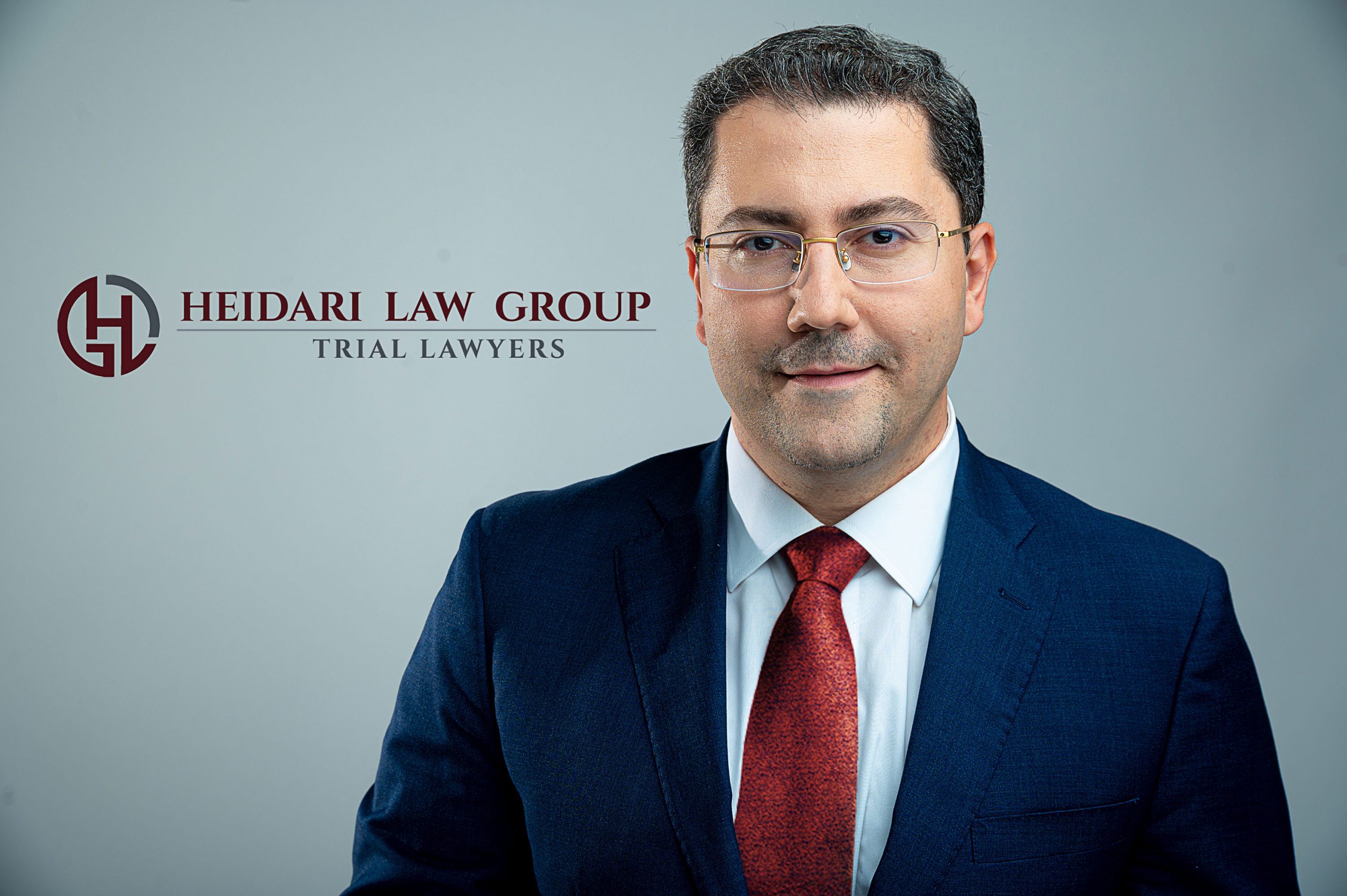Imagine two drivers decide to street race in the middle of the night. As they both rev their engines and drive down the street, one of the drivers of the car accidentally hits a pedestrian that was crossing the street. The pedestrian is severely injured and has thousands of dollars in medical bills. Who would be held liable for those damages? Could the other driver of the car (that did not hit the pedestrian) still be held liable?
California is a state that follows the doctrine of joint and several liability. In order for joint and several liability to be applicable, there needs to be more than one defendant. Joint and several liability is a legal term used to describe the liability that each defendant has and is responsible for when deciding plaintiff’s damages. Joint and several liability allows the plaintiff to go after multiple potential defendants to be able to receive compensation for their injuries. The plaintiff will be able to go after either defendant equally regardless of how culpable each defendant may be. The plaintiff is able to go after any defendant to collect the entire judgment, not just the portion of the judgment.
Why Do We Have Joint and Several Liability?
The reason for having joint and several liability is to allow the plaintiff to collect money damages from any defendant without having to fear that the defendant will be insolvent, and not pay damages. By having joint and several liability, each defendant will be held liable for getting involved in negligent practices. No defendant is left off the hook, and each defendant could potentially be liable to the plaintiff. This is to deter any future defendants from getting involved in reckless behavior. No defendant could claim that they are insolvent and prevent the plaintiff from recovering money damages.
Plaintiff’s Burden of Proof
When the plaintiff has been injured by multiple defendants, it is the plaintiff’s responsibility to show how each defendant contributed to the culpable conduct. Each defendant needs to be liable in some way. After arguments are heard from both sides, the jury decides through specific percentages how liable each defendant may be.
Determining Fault in Joint and Several Liability
If the case is a jury trial, then the jury will determine the percentage of what each defendant is liable for. For example, the jury could find that defendant 1 could be 40% liable, and defendant 2 could be 60% liable. The jury determines the percentage of fault after hearing both sides of the case and listening to all evidence. If the case is a bench trial, then the judge will determine the percentage of fault.
Contribution
When one defendant ends up paying the entire amount to the plaintiff, the defendant could go after the other defendant that has not paid for contribution for the amount paid. For example, if defendant 1 was liable for 40% of the injuries, and defendant 2 to was liable for 60% of the injuries, defendant 1 will be able to collect 60% of the amount paid to plaintiff.
Damages
In California, joint and several liability is only applicable when plaintiff is trying to collect economic damages from defendant. Examples of economic damages include lost wages from work, medical bills (past and future), future treatments, loss of earning capacity, and personal property damage. California does not allow joint and several liability for non-economic damages. Non-economic damages include pain and suffering. For more information, visit our page on economic and noneconomic damages.
Example of Joint and Several Liability
Consider the above example when 2 cars were racing the streets in the middle of the night, when driver 1 accidentally hit a pedestrian crossing the street. The pedestrian has sustained severe injuries, such as a broken hip, and a broken arm. The pedestrian incurred $100,000 in medical bills. The pedestrian would like to collect the $100,000 from both defendants.
- The pedestrian will be able to sue both driver 1 and driver 2 for personal injuries
- Although it was driver 1 that hit the pedestrian, both driver 1 and driver 2 were involved in negligent behavior when they decided to street race
- The jury determines that driver 1 was 60% negligent, and driver 2 was 40% negligent in causing the pedestrian’s personal injuries
- Both driver 1 and driver 2 will be considered jointly and severally liable to the pedestrian
- The pedestrian will be able to collect $100,000 from either driver 1 or driver 2
- Since the pedestrian is seeking reimbursement, both driver 1 and driver 2 will be considered jointly and severally liable to the pedestrian
Several Liability
Some states do not follow joint and several liability theories, but instead follow pure several liability. In several liability, also known as proportional liability, each defendant is responsible for their own percentage of fault. For example, if one defendant is liable for 40% of the damages, then the defendant will only have to pay 40% of the total cost of damages that should be awarded to plaintiff. Plaintiff could go after both defendants to get each share of the money damages. States that follow the several liability theory include Alaska, Arizona, Arkansas, Connecticut, Florida, Georgia, Indiana, Kansas, Kentucky, Michigan, Tennessee, Utah, Vermont, and the state of Wyoming.
When Will Joint and Several Liability Not Apply?
There are a couple cases where joint and several liability may not apply; examples of these cases include:
- when one defendant is found to be 100% liable for plaintiff’s injuries.
- When plaintiff is trying to collect non-economic damages from defendants in a negligence lawsuit
Intentional Torts
Intentional torts occur when defendant has engaged in intentional behavior such as battery, or assault. California allows the plaintiff to recover non-economic damages in cases that involve intentional torts. But, in cases that involve negligence, the plaintiff will not be able to collect non-economic damages. For more information on what types of cases are considered negligence, and how to prove negligence, please contact one of our attorneys.
Nevada Joint and Several Liability
Nevada is a state that also follows similar joint and several liability theories. Nevada in California both follow listening theories in regards to economic and non-economic damages as well.
Defenses to Joint and Several Liability
The defendant can raise several defenses to joint and several liability, which include comparative negligence, contributory negligence, assumption of risk, necessity, self-defense, and bars to statute of limitations. Contributory and comparative negligence asserts that plaintiff has also been involved in behavior that has contributed to their injuries.
Do You Need a Joint and Several Liability Attorney?
The theory of joint and several liability is very complex and can have several requirements depending on the jurisdiction you are located in. That is why it is very important to hire an experienced attorney that is knowledgeable about joint and several liability burdens of proof. Our experienced personal injury attorneys located in Nevada will work to gather evidence in support of joint and several liability for our client.
If you or a loved one have been injured in a similar accident described above where there may be multiple defendants, contact us today for a free consultation today with an experienced attorney. It is very difficult to deal with multiple defendants, and our attorneys will work to take some of that stress away from you as we handle the legal process.
***Disclaimer: This page is created by Heidari Law Group for educational purposes. This article provides a general understanding of the law. It does not provide specific advice. By using this site and reading through this page, there is no attorney-client relationship created between you and any member of Heidari Law. Further, due to the constant change of the law, some parts of the information above may no longer be good law.



